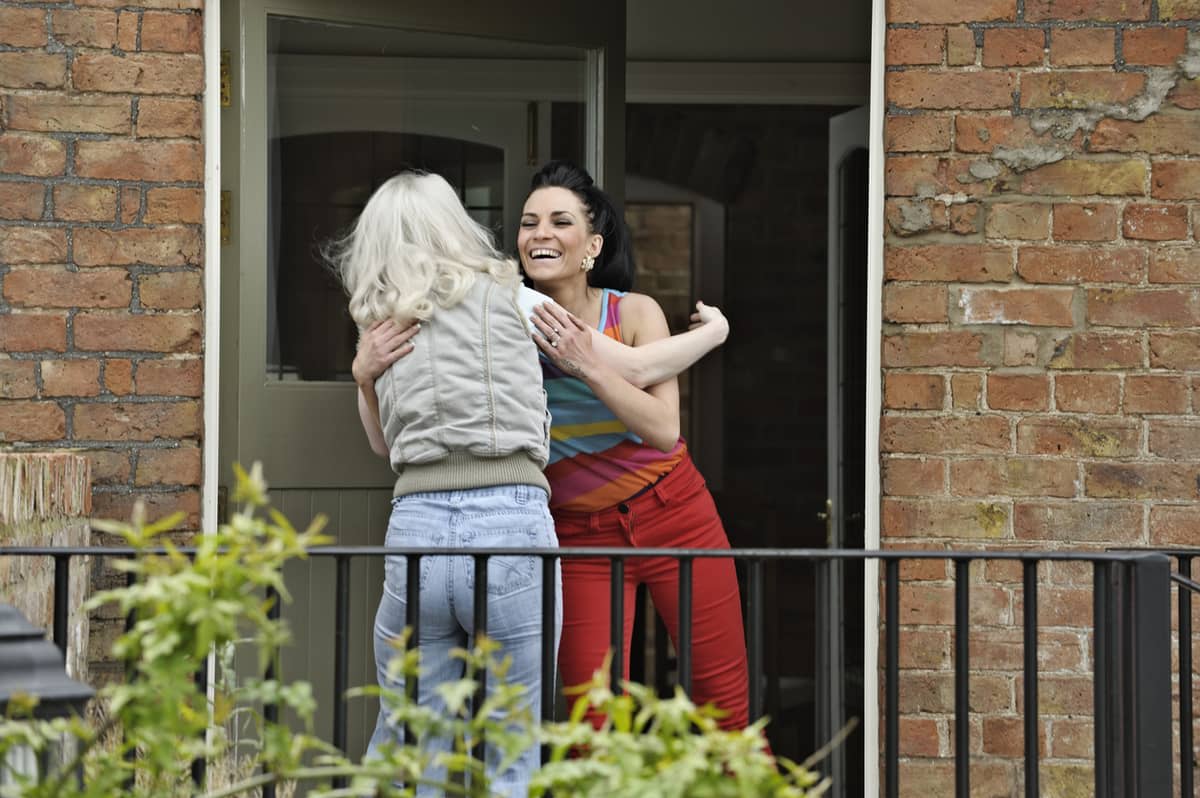"Single Sydneysiders hit hard by intimate partner bubble rule" was the headline last week, referring to the lockdown restrictions that prevented those living alone from having visitors not deemed to be an intimate partner.
-
Sharyn Davies
Director, Herb Feith Indonesia Engagement Centre
With yesterday's announcement that NSW will remain in lockdown for at least another month, a more inclusive bubble policy has been announced, offering a way of meeting care and support needs while containing the virus.
The bubble system has been in place in Victoria since September last year, announced as part of the pathway out of COVID-19's second wave. South Australia also implemented the system last week when it went into snap lockdown.
Our research over the past 18 months into the bubble system suggests it's an effective policy intervention.
Taking New Zealand's lead
Early in the COVID-19 pandemic, Aotearoa New Zealand set up a bubble system to help eradicate the virus from its shores.
The Care and Responsibility Under Lockdown (CARUL) collective has been researching the implementation and impact of this bubble system for the past 18 months. We'd like to share some of our insights, and offer some suggestions to policymakers and others about how a bubble system can help people get through extended lockdowns beyond a "bonking bubble".
What exactly is a 'bubble'?
The bubble metaphor is used to describe a small, exclusive social network.
Members of a bubble, be it a household bubble or an essential work bubble, means members can only have physical contact with others in their bubble, thus limiting everyone's likelihood of exposure to COVID-19. If a bubble-mate develops COVID-19, the whole bubble must self-isolate.
While the original bubble concept in Aotearoa centred on single households, as the virus came under control, people were allowed to slightly expand and/or merge their bubbles to meet care and support needs.
This flexibility in the bubble system meant that as Aotearoa's lockdown extended, people could meet more of their needs without jeopardising the eradication progress.
In hindsight, there are tweaks that could have improved the bubble system, but overall, there's much to be learned from Aotearoa's experiment.

Was the bubble policy effective?
The concept of the bubble proved effective at communicating to people that they had to limit/prevent physical contact with people outside their bubble.
It also promoted the idea that the people within your bubble needed care and support, and that if you "burst" your fragile bubble by being in contact with others, you would jeopardise the safety of everyone within it.
But the concept was also useful because bubbles can expand, and so when the time came that it was safe to slightly widen or join them, it allowed people to imagine how that could happen.
Our research showed high levels of compliance with the bubble regulations, including when they were expanded.
Aotearoa allowed people to become "bubble buddies", enabling isolated and/or vulnerable people, especially those with complex care needs, to come together. It was much more supportive than Sydney's "intimate" bubble.
Our research showed high levels of compliance with the bubble regulations, including when they were expanded. Indeed, even when people had the option to expand their bubble (or merge with other exclusive bubbles), they only did so after carefully considering the risk of contagion, and weighing that against the care and support needs of loved ones.
Recommendations for policymakers
A bubble policy has proven effective in slowing the spread of COVID-19, particularly as it enables compliance with social distancing regulations, but with some flexibility to meet support needs.
What's required?
-
Clear communication is needed so people understand who can and cannot be included in their bubble.
-
Acute care must be prioritised in bubble policy, which can be revised as transmission rates change.
-
Attention must be given to the diversity of support and care arrangements that form a bubble.
-
Policies must permit some flexibility for those needing to leave their bubble, whose bubble breaks down, or who have multiple care obligations.
-
Guidelines must be accessible in multiple languages, and disseminated in partnership with communities.
-
People need to know what to consider when setting up their exclusive bubbles - clear ground rules will minimise misunderstanding or conflict, and help people feel supported.
-
Compassionate communication regarding keeping bubblemates safe and well must be linked to guidelines on how to expand your bubble.
More in-depth reports and articles on our bubble research are available here.
This article was co-authored by Dr Nick Long, from the London School of Economics and Political Science.






